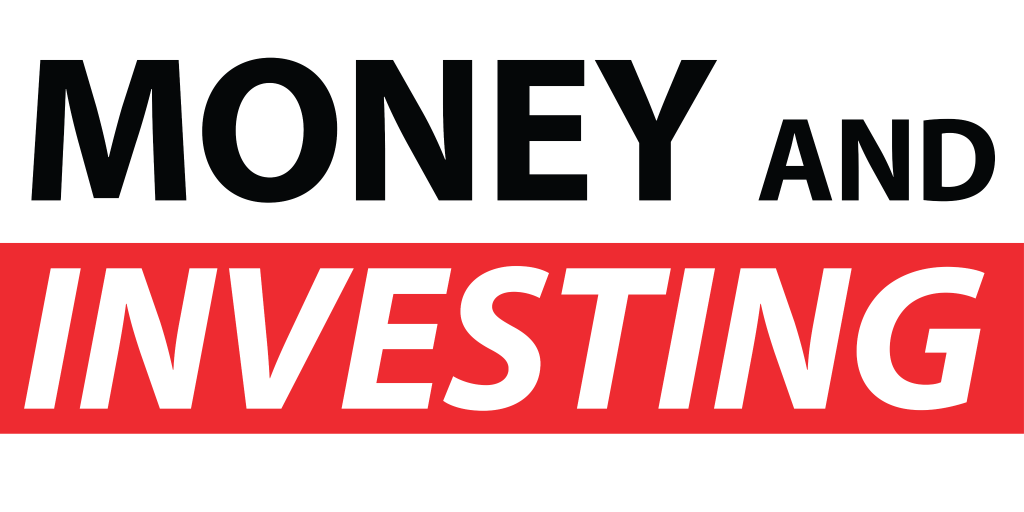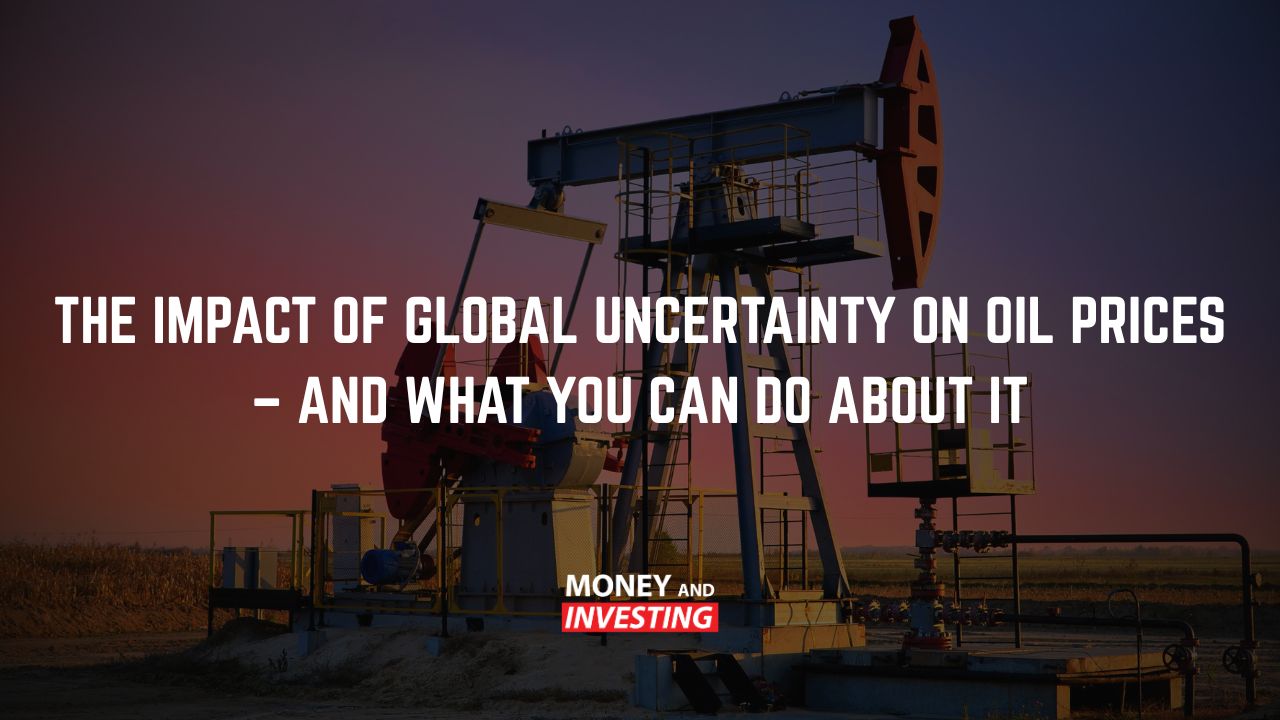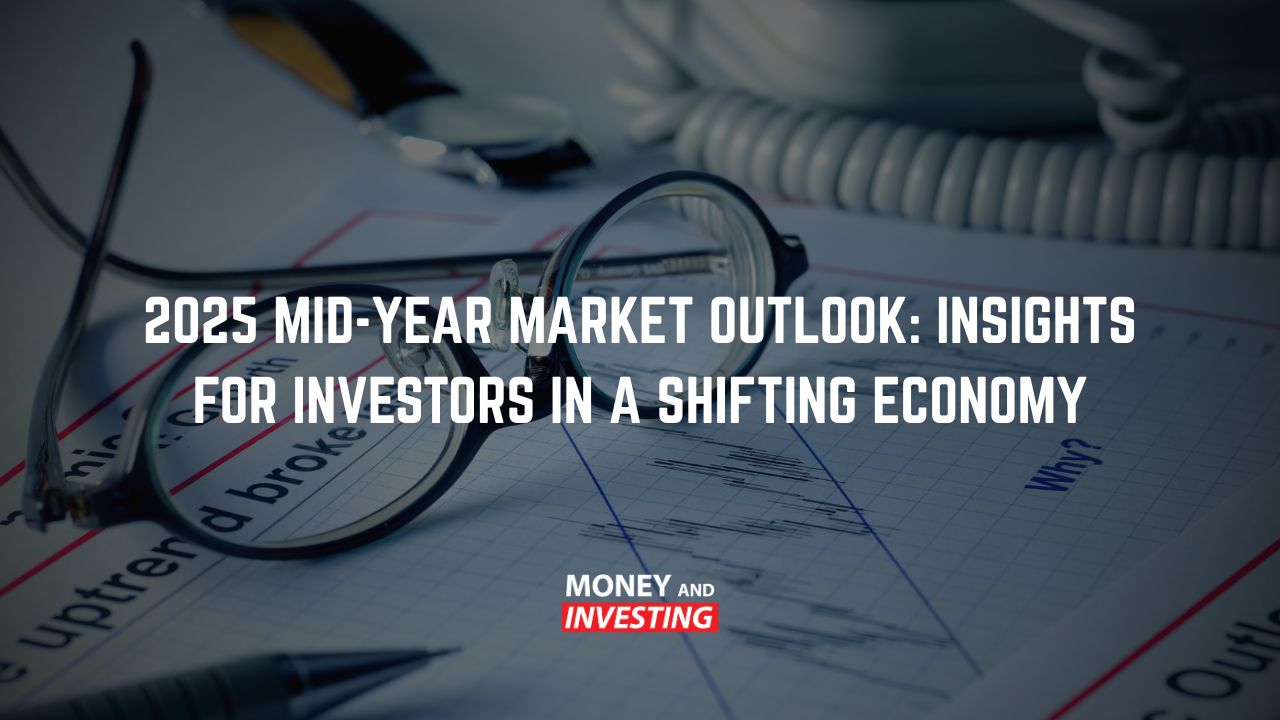Given how much is going on the market right now and how highly paid some of these ASX CEO’s are. Many shareholders are beginning to question the ethical standards within our boardroom. Here are the remuneration packages of some of the most famous CEO’s broken down.
Is there pain for all stakeholders?
Let’s face it – most investors on the back of the Coronavirus pandemic have been burnt and their income axed. The mainstay stocks of the Aussie share market have dropped significantly in value and the dividend cash cows. That once were have now sliced these payments into very fine pieces – putting investors in a very precarious position.
However, is this the case for all stakeholders? Simply taking a look at some of the more prominent CEO’s in our market. Despite what’s going on in the background, some of their pay packets may shock you. Host Andrew Baxter, therefore, raises the question, how ethical are our boardrooms?
Value systems are more important than you think
If you’ve ever gone to a listed company AGM. You’ll notice an uproar when you hear that the dividends have been cut. To save company cash, yet the CEO’s salary has increased by a modest $500k for the next financial year.
Seems a little disconnected, right? In the case of CBA for example – here is a company that has in fact turned a massive profit last financial year and thus decided to pay their CEO Matt Coman an extra half a million dollars a year, despite cutting the dividends for shareholders by 50%. Yes, $500k may not seem like a lot of money in the scheme of things, however, what this example does represent is a disconnect in the company’s value systems.
As an important fundamental screener, host Andrew Baxter believes a better way to remunerate CEO’s is in the form of stock on escrow – meaning they can’t receive it until X period of time. What this does is incentivize the CEO to improve the share price for the company over the long period, with the focus of maximizing shareholder wealth. This puts each party on a level playing field given they are working towards achieving the same goal – an alignment of value systems.
Scary statistics on CEO remuneration
To start off let’s shoot some fish in a barrel and start with AMP. As the dog’s breakfast of the ASX, AMP’s share price has drifted down from somewhat $40 to now $1.45, crowning itself as the perennial under-performer of the market. You think this would be reflected in the CEO’s remuneration package, right? Wrong.
Now CEO, Francesco De Ferrari, has just been awarded a 200% bonus on top of his salary by the board in 2019 – a now $13m pay packet per annum despite an under-performing share price and not to mention a terrible corporate culture that’s made its way into mainstream news plenty of times. Another eye opening example is Alan Joyce, the CEO of Qantas. In 2018, this man pulled down nearly $24m in one year, which is 275 times the average wage.
As the highest paid Aussie CEO in history, Alan Joyce has now taken a pay cut amidst the coronavirus and shown some leadership for his company. Sure, he can afford it, but what this demonstrates is good stewardship through a tough time whereby the figurehead of the business stands in front of his troops. An average example of Wesfarmers CEO Rob Scott who is paid just $6m despite the business having a market capitalisation of $42b, shows just how disconnected some of these pay packets really are. Scary statistics to say the least.
How this information helps your investment
Let’s make this very clear – we aren’t activists investors who only put their money in eco-friendly, non-carbon emitting, agenda-pushing companies. However, what we do espouse is investing in companies that exhibit great leadership, as during times of crisis’ this can be awfully beneficial for their share price long term.
Using host Andrew Baxters litmus test of relevancy – using the CEO, their remuneration structure, and the value systems in place is a great fundamental screen to help you sift through the good and the bad. To learn more, check out Australian Investment Education.



